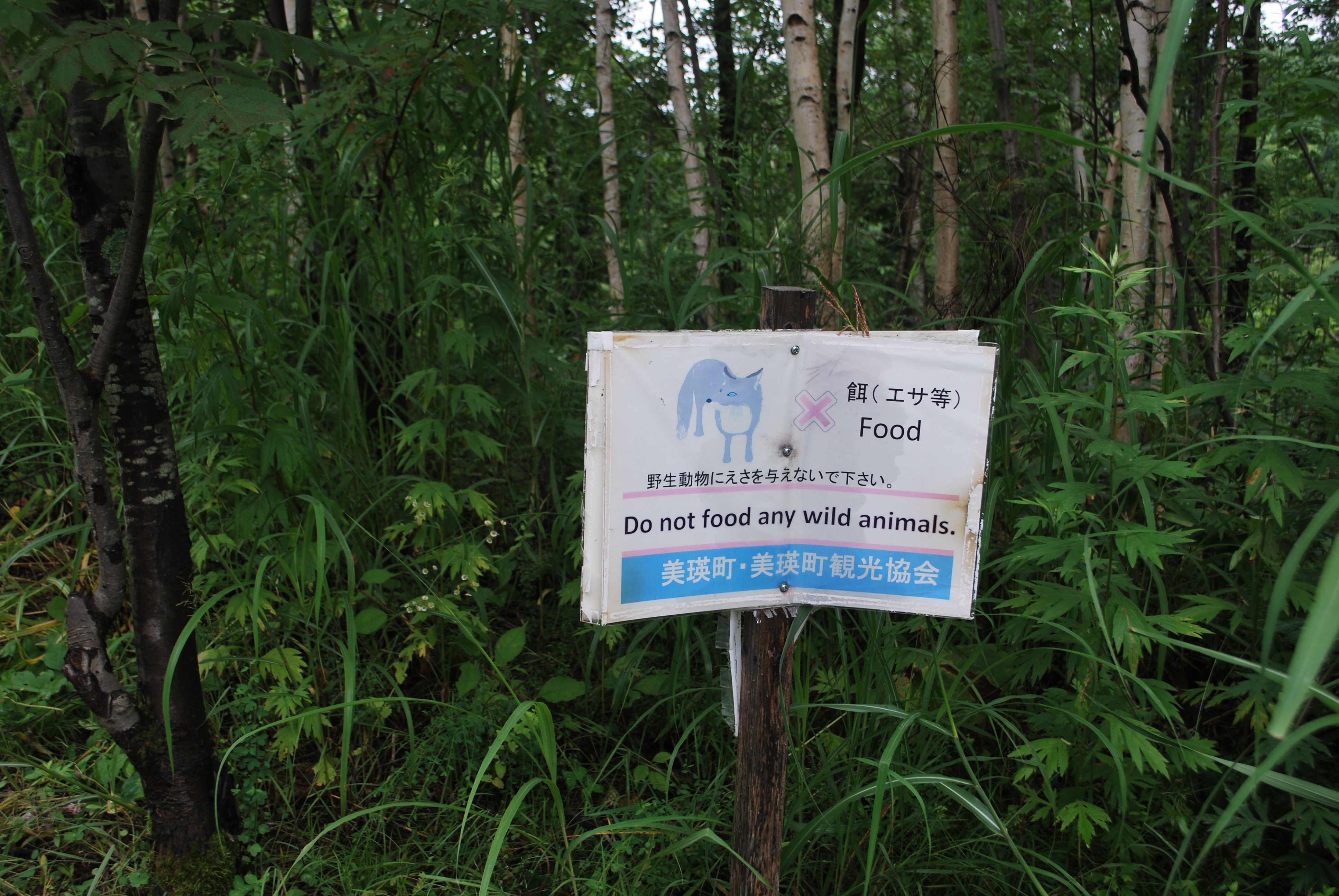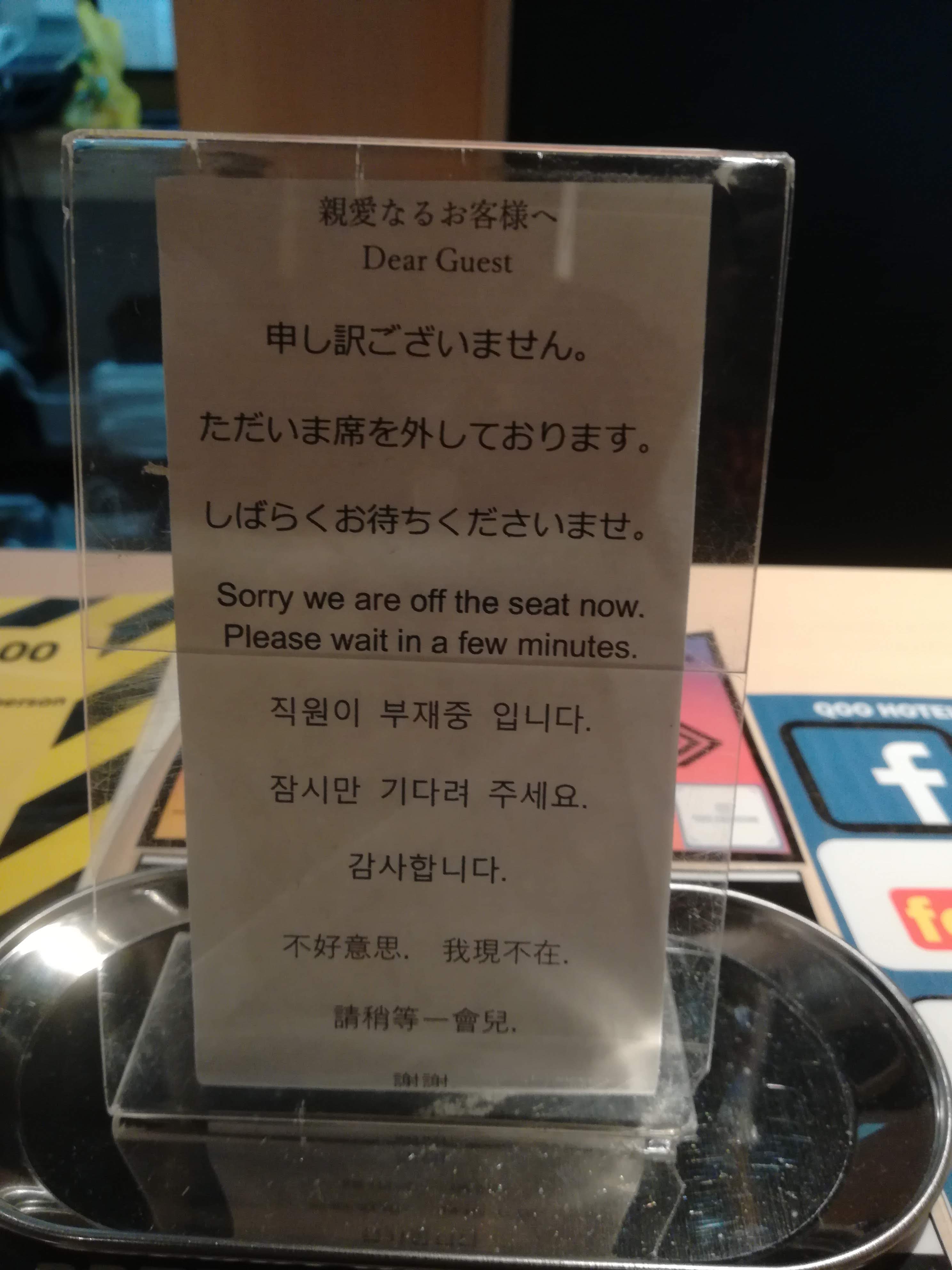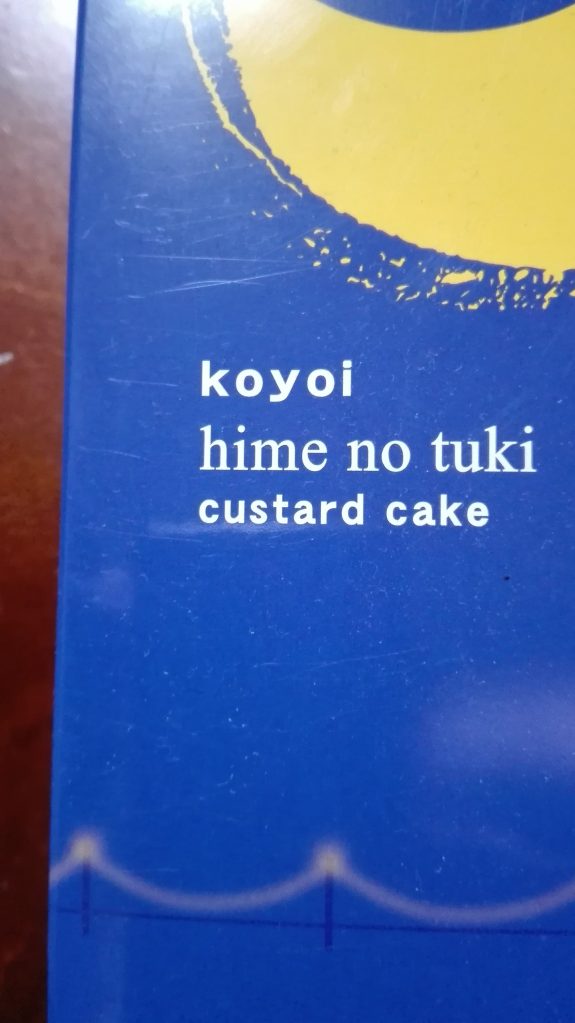Hi reader! Thanks for being here again. 🙂 In my last post in May, when I said see you on the other side, I meant the other side of my semester 1 assessments. Well, now Semester 2 and Lockdown 2.0 are both finished, and it’s the other side of 2020. And might I add, the better side. At least in Melbourne.
日本語で上手く書けないので、私の日本人の友達はもし読もうとしていれば、英語で頑張ってください!(<– I can’t write well enough in Japanese, so to my Japanese friends, please do your best in English!)
It’s a year today since I arrived back in Australia. What a year.

It’s nice to finally take a bit of time to write on here again. Some people had way too much free time this year. That was me for the first few months back in the country. Other people were completely overrun: health workers, politicians, [insert others here] and students of interpreting and translation.
At the start of the year I thought I’d have time to write more. Ha!
I thought I’d write about the things I was learning. Usually in Japan, there was a heap of cultural stuff I would pick up all the time, but never time to actually sit down and study. Well this year, there was an abundance of sitting down, and admittedly also a lot of study. It was the kind of study, however, that made me aware of the enormity of the task of acquiring Japanese, and the fact that I am effectively still beginning. That being said, I did learn many words and expressions. I consumed a lot of news.
What did I learn this year?
The main thing I want to say about interpreting at the moment is this: it’s different to talking for yourself. You become the voice for someone else in another language. In some situations this is more important than in others, but what you’re responsible for conveying is not just the content of what someone’s said; it also includes the intention. That means feeling, connotations, and any other information that can be gathered from the choices someone makes about the way they say something. People make choices deliberately about their phrasing, and it’s up to an interpreter to convey that. For example, if one person says, ‘SIT DOWN, NOW,’ and this is conveyed as ‘Would you be so kind as to be seated?’ the effect changes and is probably not what the original speaker intended. In the physical world it might only change the speed with which someone sits down, but the emotional impact will be different.
In situations that include psychological monitoring and/or manipulation, it’s especially important that not only what someone says, but also the way they say it, is rendered into the other language. This is true of various consultations, e.g. health or legal. The way someone speaks gives indications of all sorts of information: how well they’ve understood something; whether they’re lying; whether they’re experiencing some sort of mental disturbance; whether they’re an expert on what they’re saying.
At uni, the example that came up the most times was a cross-examination in court. Apparently barristers use all manner of trickery and rhetorical techniques to intimidate, put off and confuse witnesses. This is to discredit the witness for the other side – in other words, it’s so that the other side’s case will look weaker and the judge/jury/relevant party won’t believe this witness. E.g. a lawyer says, ‘In fact, you were at the bank that morning, and you did see Mr X, didn’t you? DIDN’T YOU?’ In some other situations it’s OK to edit out repetitions like this. But it was really hammered home this last semester that in some circumstances, seeming redundancies like these are a considered decision on the part of the speaker, and it’s unethical to omit them or fix errors in what someone says, because doing so distorts the message.
The idea of interpreting is of removing the language barriers so that everyone talking has equal access to what is being communicated.
When I was in Japan and struggling along to make myself understood in Japanese, sometimes there would be something I wanted to express but I didn’t have the exact words, so I would just change what I was saying.
E.g. ‘I don’t really want to go into that shop because the assistant last time was really snooty. I felt like she was judging me and I was uncomfortable.’ Half the time it would feel like too much work to say all this, so I might just say something like ‘Last time I went into that shop, I didn’t like the assistant, so I don’t really want to go in there.’ Even now that I think about it, I can’t think of a good equivalent for the ideas of ‘snooty’ and ‘to judge someone’. 俗物な人?ジャッジする?批判的な目で見る?
So. For myself, I managed by saying less or saying something slightly different using language I knew. But if you’re interpreting for someone else, you can’t do that. You can’t be the voice of a judge/police officer/Centrelink staff member/banker/doctor/lawyer speaking as if they’re speaking to their friend. Likewise, you can’t interpret as the voice of a 4-year-old and use words like ‘distortion’ or ‘equivalent.’ It’s like acting.
In summary, it was fascinating to learn about and practise interpreting and it took a huge deal of time and effort to make the progress I have to this point. I only did a bit of translation. More of that next year, I think.
Other news
This year as well as studying and practising, I also went on quite a few walks. My partner’s Australian partner visa was granted (WOOHOO!!) but he wanted to wait for his December bonus and anyway, we were all locked down over here, so we are due to meet again in January.
What else is news? Hotel quarantine, Biden elected, Go To Travel (what happened to Go To Eat?), several TV shows… I think I mentioned earlier in the year that it was hard to settle in again here. Covid made that harder than it could have been. A lot of old friendships had sort of gone stale, petered out or just changed. The upshot of this was that adult me wanted to meet new people and make new friends. With the help of uni and language exchange events, this was going swimmingly until Covid hit Melbourne. Uni group projects were a blessing in disguise because they meant contact (albeit virtual) with other humans throughout lockdown. A language exchange buddy introduced me to their other interpreting practice Zoom group, which helped both my interpreting skills and social life a great deal throughout the bigger lockdown. I started teaching English again via a couple of online platforms. That contact with people outside the house was a sanity saver in Semester 2 and Lockdown 2.0. And recently I started another job! Woohoo.
I think that’s most of it from me. You know what 2020 was like. If there’s never another one again, it’ll be too soon.
What about you? Did you learn anything good this year? Any special milestones?
As always, thanks for reading! And as always, I hope to write again soon 🙂 There’s no uni for the next while so who knows, I might even do it.
Until then, please take care and stay safe!












